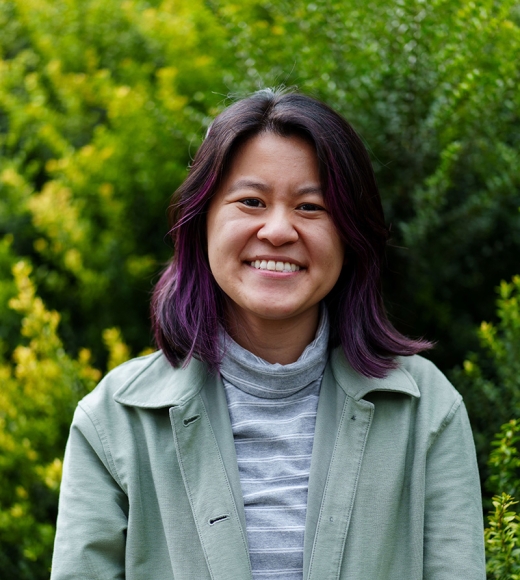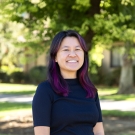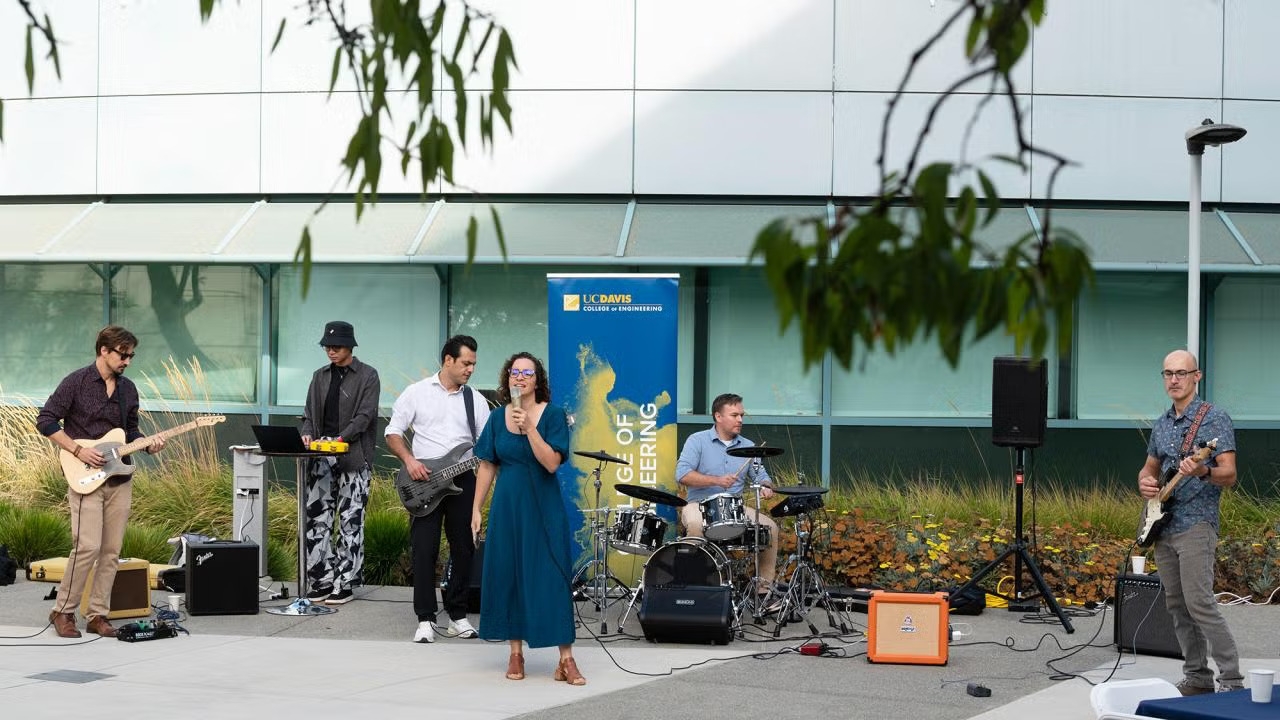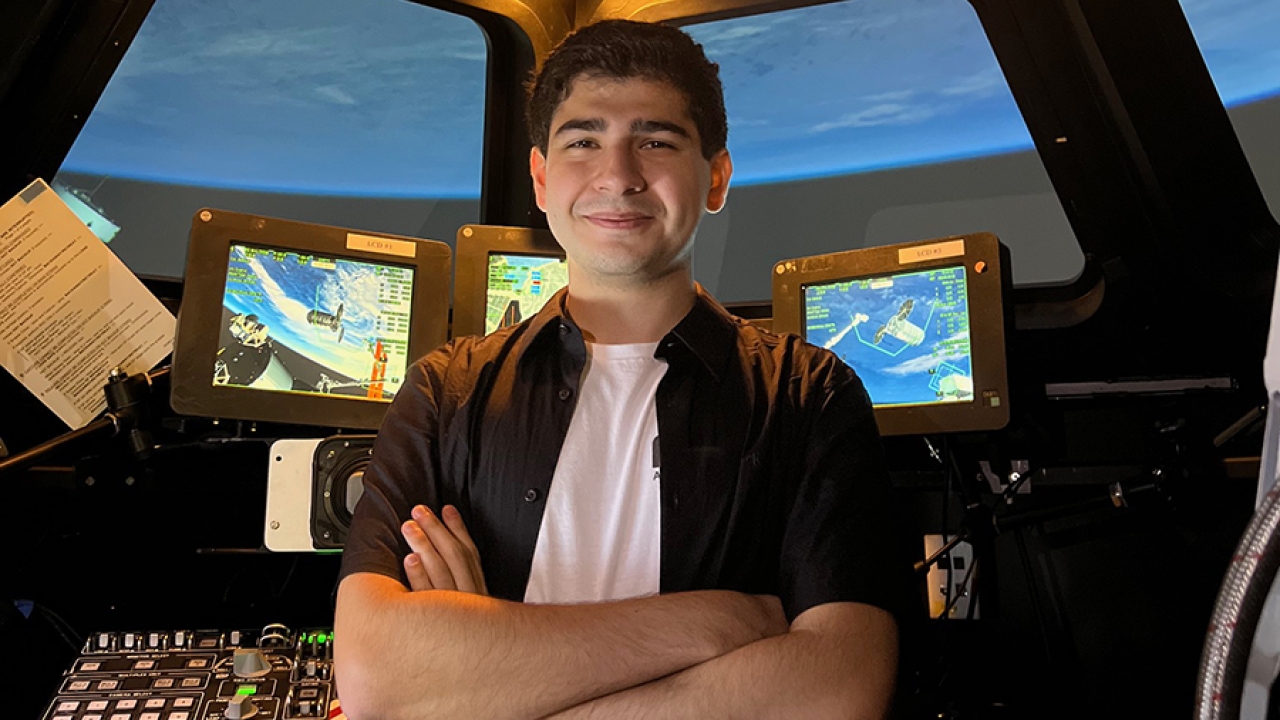Vivian Vuong Brings Human-Centered Design to Engineering Education
For Vivian Vuong, the most essential part of engineering isn't advancing technology but designing socially responsible solutions that help individuals.

"Engineers are really good at making stuff," Vuong says, "but we have to make sure that we're making the right things for people. We have all of this new technology to make smaller transistors and smaller chipsets, but how does that actually affect people? What's the implication for your everyday person?"
As a new assistant professor of teaching in the Department of Biological and Agricultural Engineering at the University of California, Davis, that last question crystalizes Vuong's approach to teaching. She wants to establish a curriculum that teaches first-to-second-year students how to balance engineering expertise with human-centered design principles.
This desire to lay bare the relationship between thoughtful design and innovative research in her teaching methodology stems in part from her experience as a student at UC Davis. Initially drawn to biological and agricultural engineering because she had an interest in gardening instilled in her by her parents, Vuong says it was hands-on classes like "Foundations of Biological Systems Engineering" that drew a line between engineering principles and solving issues for farmers out in the field that made her stay.
This direct relationship between what students make and who will eventually use the product is a core tenant in Vuong's ENG 3 — "Introduction to Engineering Design," a class she began teaching during the last year of her Ph.D. program and which is designed to be a primer on the design process for all engineering disciplines.
An example of how this plays out in her classroom is from a student who wanted to design a seed dispersal machine. The student came to Vuong with the idea but was unsure how it would function. To help guide their design process, she gave them a specific question to answer.
"I said, 'Think about the user. Who do you want to use this thing?'"
This question centers Vuong's approach to how students should be thinking about engineering: always ground your design in the human aspect.
"You're not designing for the purpose of the thing," she says. "You're designing for the person who's going to use the technology."
This need to prioritize the human aspect also extends to the engineer innovating technologies. She believes that engineers should have fun and embrace their inner creativity when designing.
"I think engineering is seen as a very serious discipline, but there's a lot of creativity that can go into it."
She says this was something she learned at an early age at Thurgood Marshall Middle School in San Diego, California. The school had a multipart course called "Gateway to Technology" that introduced students to different types of technology and engineering methods. When she was in eighth grade, Vuong served as a mentor for younger students and was encouraged to support their creativity.
"Looking back on that experience, it was really good to show students, 'Oh yeah, you can be creative.'"
This is an important lesson she brings to ENG 3, where Vuong encourages her students to think outside of the box with their designs and to consider how their products will look just as much as how they will function.
In the future, Vuong hopes to create more classes like ENG 3 that elaborate on engineering design principles and give space for first year and second year students to explore creativity within their discipline.
"It brings me a lot of joy to see new students being so excited to learn, and I'm just happy to be part of that journey for them," she says.





